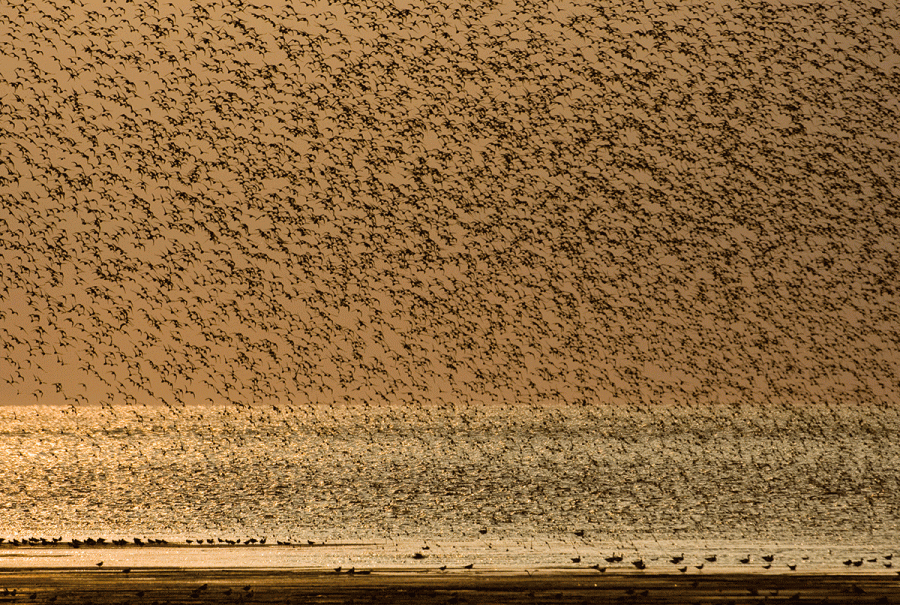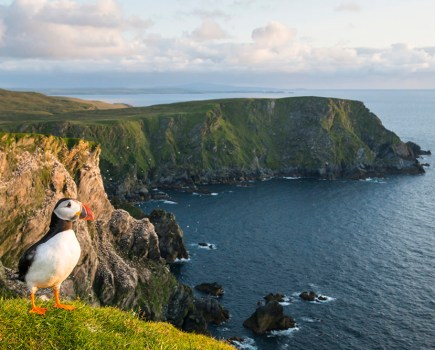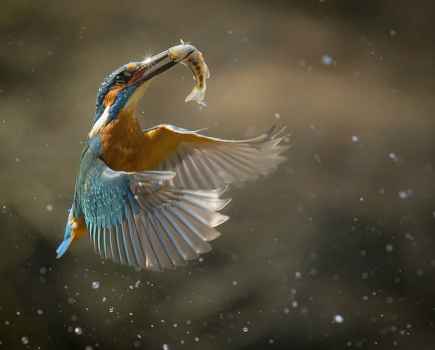In this wildlife watch, we look at the exhilarating experience of watching thousands of knots swirl over mudflats as they are rapidly inundated by an incoming tide. As the mud becomes covered with water the birds fly to roost, and photographing this spectacle offers
a variety of creative opportunities. These range from isolating a lone oystercatcher – a splash of colour amid a sea of grey – to using a slow shutter speed to create a feeling of motion within the flock as ‘rivers’ of birds stream through the throng.
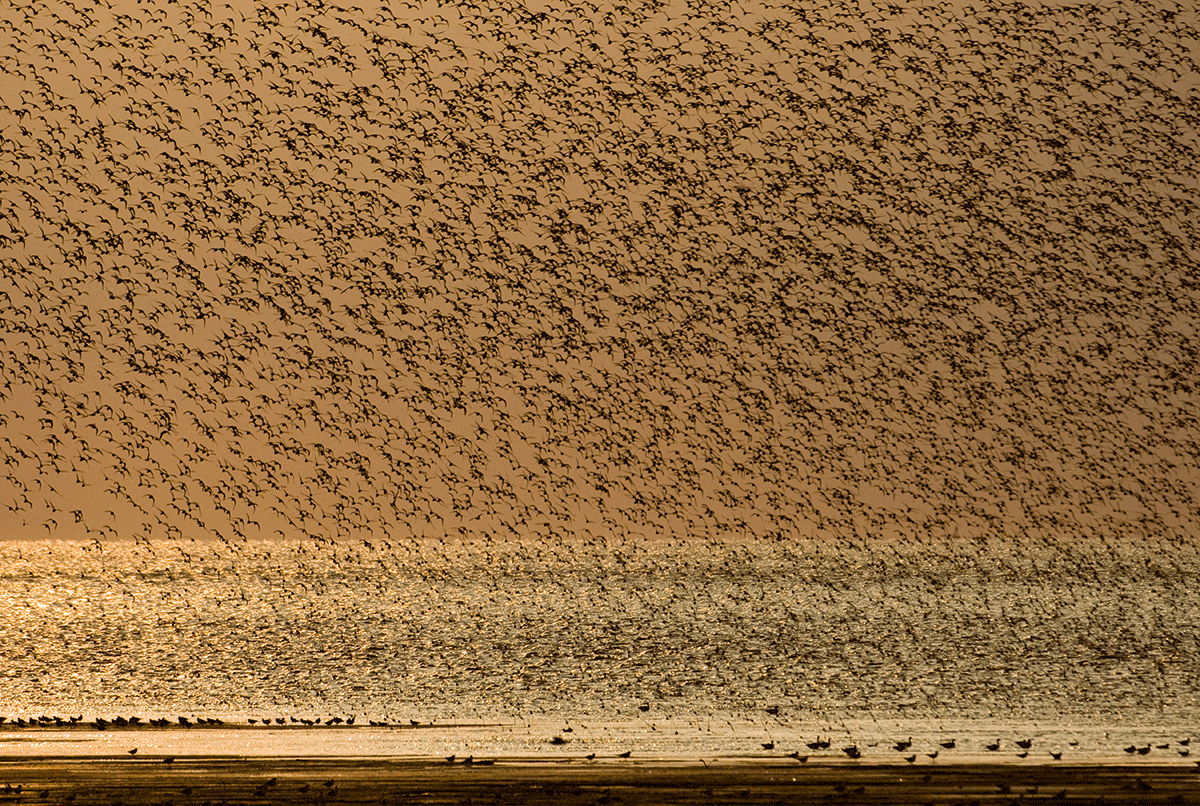
With thousands of birds in a flock, a knot roost is an impressive sight
Habitat
There are a few locations in Britain where knots roost in large flocks from early autumn through to late winter, with big roosts only occurring on the highest tides of the year (spring tides). At Snettisham in Norfolk, roost sites are islands and spits on a large gravel pit just behind the shore. Here, thousands of birds stand shoulder-to-shoulder, moving in restless waves.
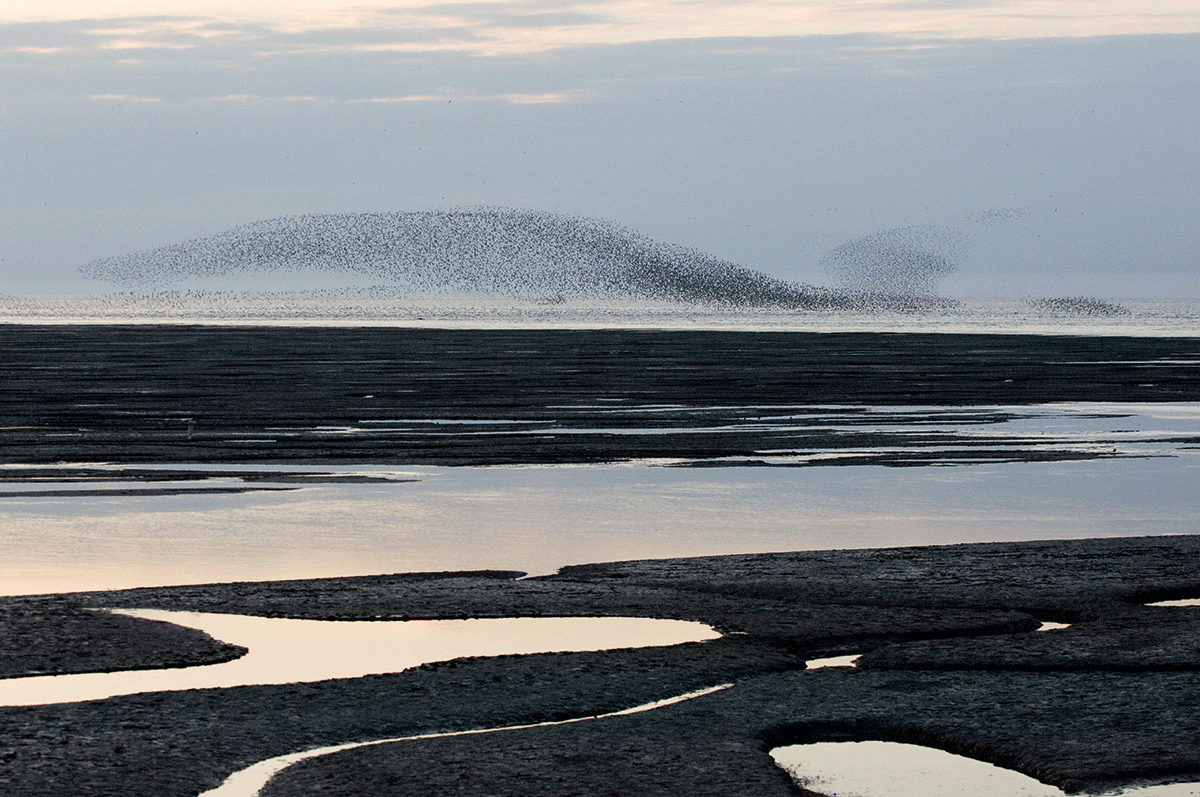
A knot roost can look like a plume of smoke if a raptor is hunting nearby
Best time to shoot
Knots respond to the tides rather than night and day, which means photography can be very productive from at least two hours before high tide. If a hunting raptor is around, then flocks may swirl over the estuary. These resemble dense plumes of rising smoke when viewed from a distance. This behaviour can make interesting images when set in the context of the landscape. Once the tide has covered the mudflats, head for higher ground and look for rivers of knots moving restlessly throughout the flock.
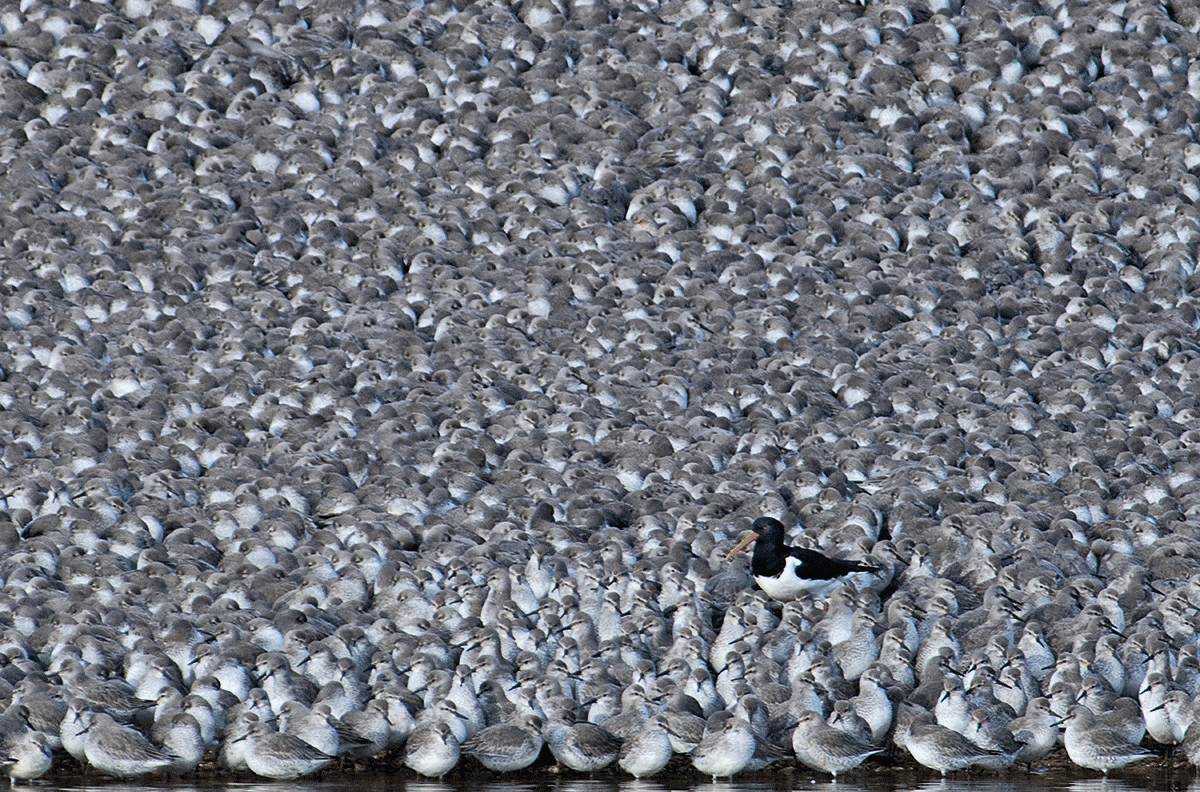
A lone oystercatcher among a sea of roosting knots
Shooting advice
Get there early
It’s best to arrive well before the birds to scout out roosting locations. Once a roost starts forming, action can be fast and sometimes fleeting. It may require a couple of visits to the same location to find the best spot to shoot from.
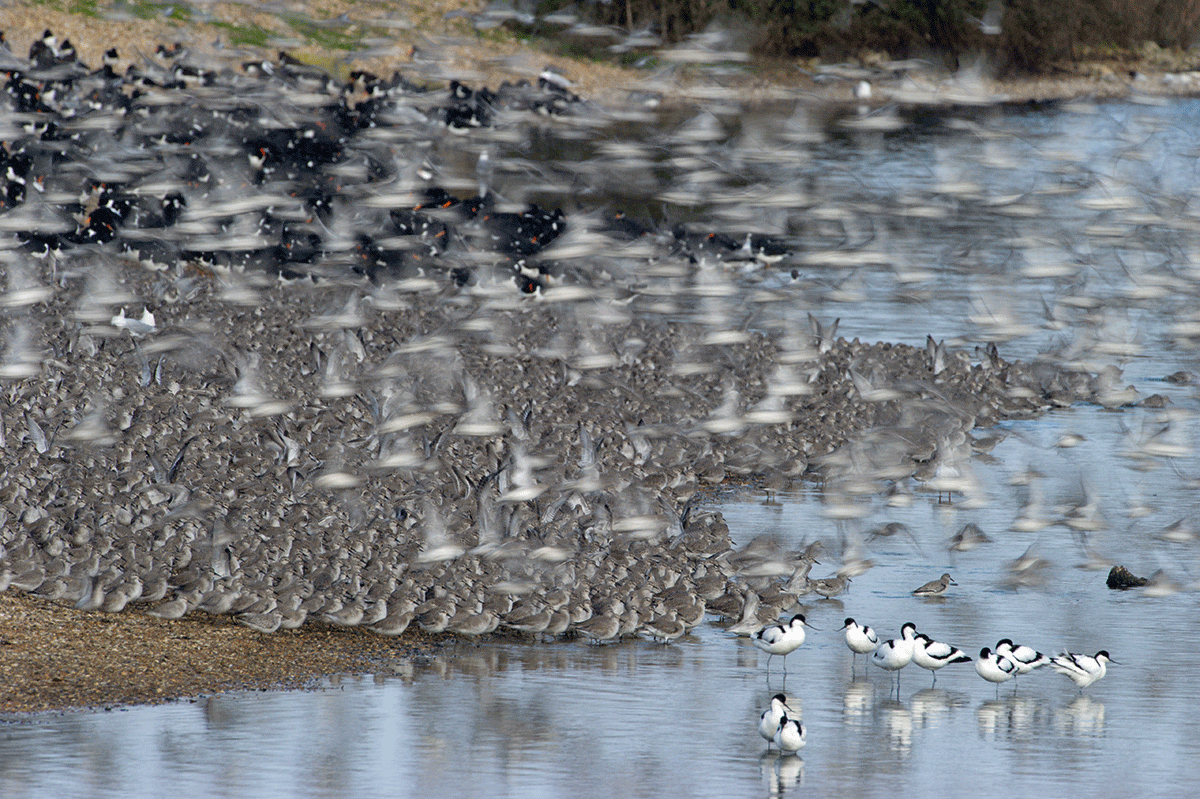
Use a slow shutter speed to create a feeling of motion within the flock
Be alert
Once settled at their roost, knots will remain until the tide turns and mud starts to appear. But be alert during this high-tide period as a marauding sparrowhawk or peregrine falcon may create sudden panic, pushing the whole flock into the air.
Depth of field
Using a wide depth of field when photographing a large flock will impart a feeling of depth to your image. Conversely, a shallow depth of field can help to single out individuals or small groups of birds when used in conjunction with a long lens.
Try using a slow shutter speed of 1/15sec or less to create beautiful blurs and give a real sense of motion when photographing restless knots, or when big flocks are on the move. Never venture away from paths to approach a roost. Not only will you leave without photos, but you’ll also be very unpopular with others hoping to enjoy the spectacle.
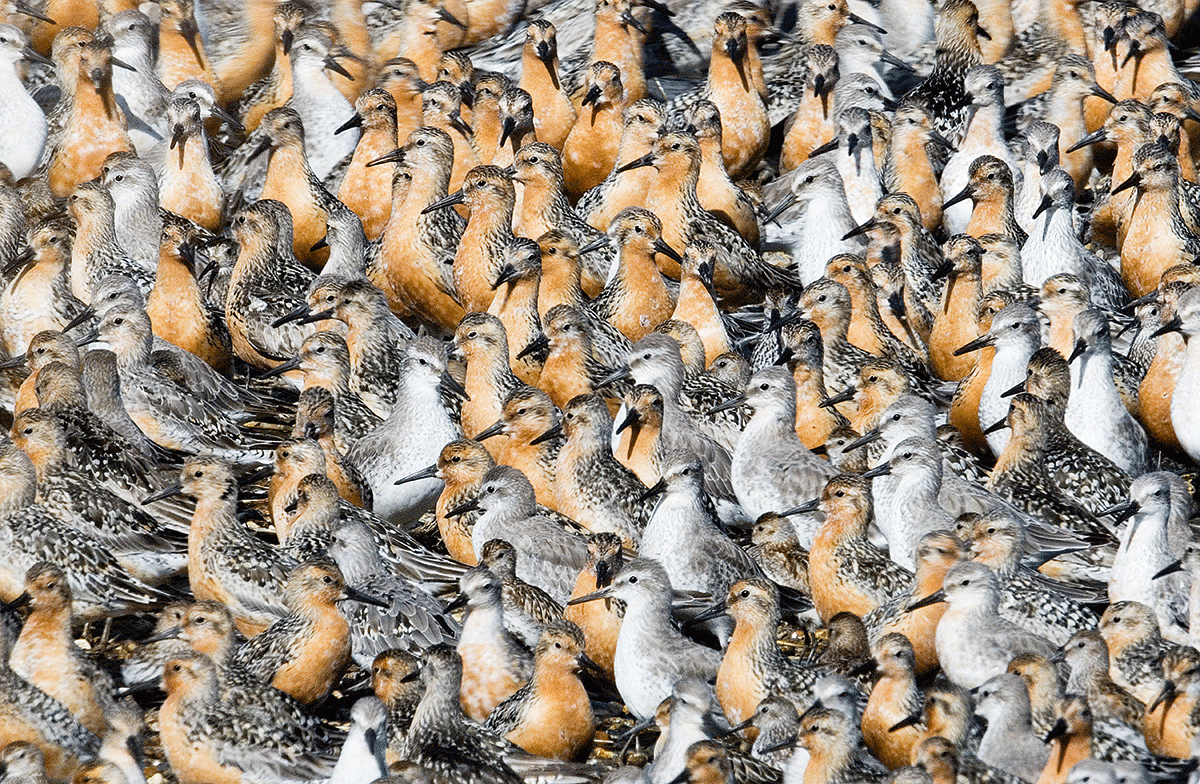
Knots in their coppery-red breeding plumage
Kit list
Tripod
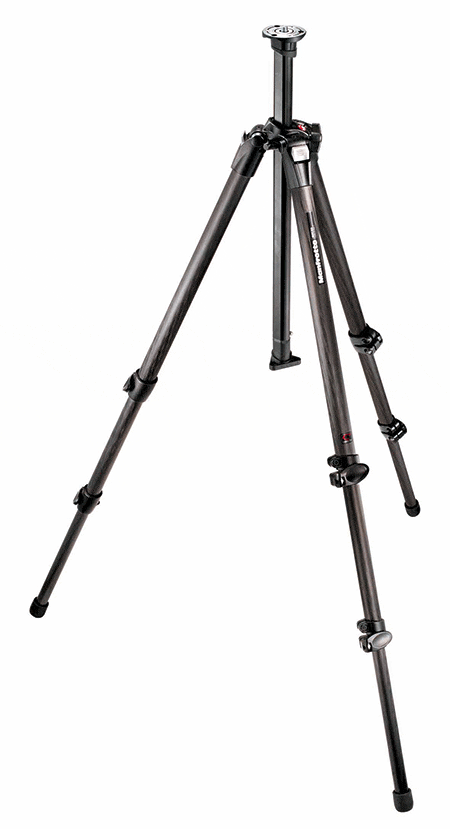
A good sturdy tripod is recommended when using slower shutter speeds, gaining a good depth of field
and creating motion-blur images.
Lenses
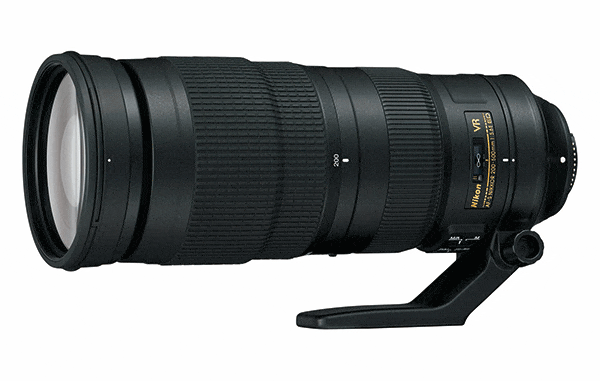
A range of lenses can be very useful from wideangle to your longest telephoto. A lens of at least 400mm is recommended for images of roosting flocks.
About the knot
The knot is a little larger than a starling. Breeding plumage is a striking coppery red, but by late summer the birds have moulted into a grey winter plumage.
Location: Knots can be found along large, muddy estuaries across the UK. For a world-class spectacle, head to Snettisham RSPB Reserve on the Wash in Norfolk.
Size: Approximately 23-26cm, with a wingspan of 47-53cm.
Nests: They roost on spits.
Diet: A mixture of shellfish and worms.
Population: In recent years the average annual peak population has been about 320,000 across the UK.

